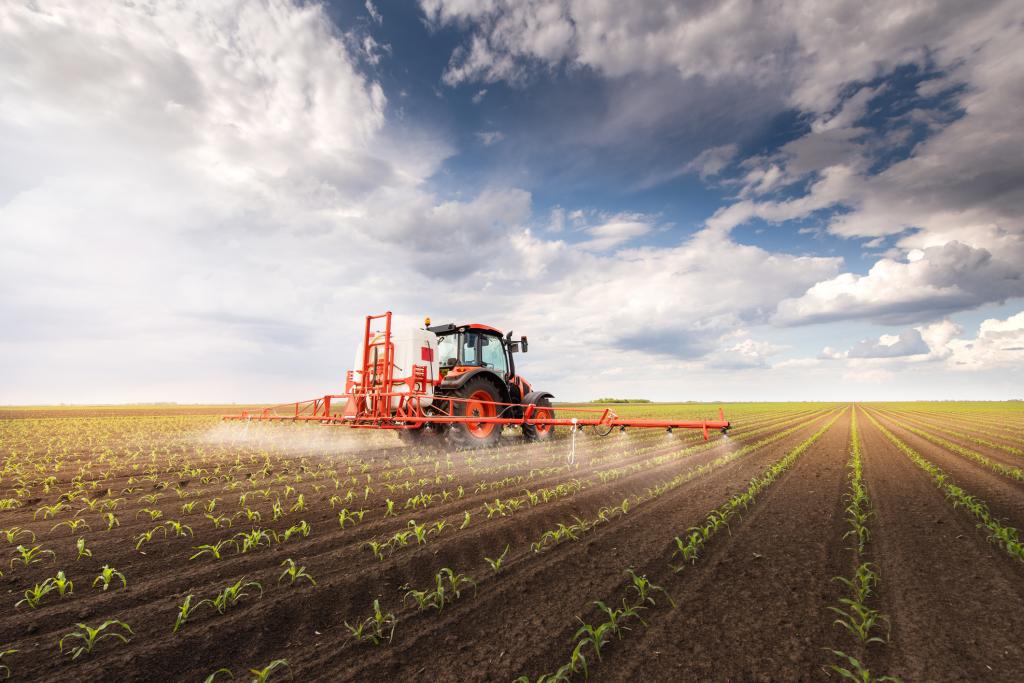
As a consequence of the upcoming Local Nature Recovery scheme (which will ultimately replace the existing Countryside Stewardship scheme) which will pay for actions that support local nature recovery and meet local environmental priorities, landowners are considering ways in which they can collaborate with the scheme working together to improve the local environment and tackling issues such as flood risks by installing reservoirs, restoring peat or wetland areas and adding trees and hedgerows to fields.
The benefits and risks of installing a reservoir on your farm
We have reviewed the benefits and risks of installing a reservoir and while the initial expenses in building the reservoir can be high, it can still be a good investment in the longer-term, with sources suggesting that up to £1,000/acre may be added to the value of the land.
In addition, it allows landowners to have their own water supply needed for crops, meaning less reliance on external water supplies. With the increase in long, dry summers with low rainfall, having a reservoir to store water from the wetter months can ensure there is enough water all year-round.
Other benefits of reservoirs is that they can help with diversifying landowners crops, and therefore becoming more resilient to problems they may encounter.
Finally, it can also be a good tool for collaboration with other farmers. If landowners are able to work with their neighbours and jointly build an on-farm reservoir, the costs and ongoing maintenance of the reservoir can be shared, with the water supply also being shared; which will reduce the costs for all involved, and allow more to benefit.
Considerations to take into account before building a reservoir on your farm
Size and location of the reservoir
- Any reservoir 25,000 cubic meters above ground level will need to be registered with the Environment Agency (England)
- If more than 20 cubic meters are taken per day a water abstraction licence is needed.
Design and construction
- Planning permission
- Approval is required for “high risk” reservoirs (over 25,000 cubic meters)
Permissions
- The reservoir may fall in the permitted development rights that extend to ‘structures and excavation which are reasonably necessary for agriculture, within an agricultural unit of 5 hectares or more’; in which case on prior approval is needed. This is usually conditional on extracted minerals not being removed from the land, and no waste materials being brought onto the land.
- Other permissions depend on the circumstances, but can include an environmental impact assessment if in a designated area.
Costs and funding
- No fees to register with the Environment Agency
- Some grants such as the Rural Development Program can fund up to 40% of the costs.
Ongoing maintenance
- Once installed, the reservoir will need to be kept safe and compliance with the Environment Agency will be needed to prevent enforcement action. This can include flood mapping and flood plans, on site emergency plans, and plans for off-site emergencies.
If you would like to discuss installing a reservoir on your farm, please get in touch with our Rural team.
